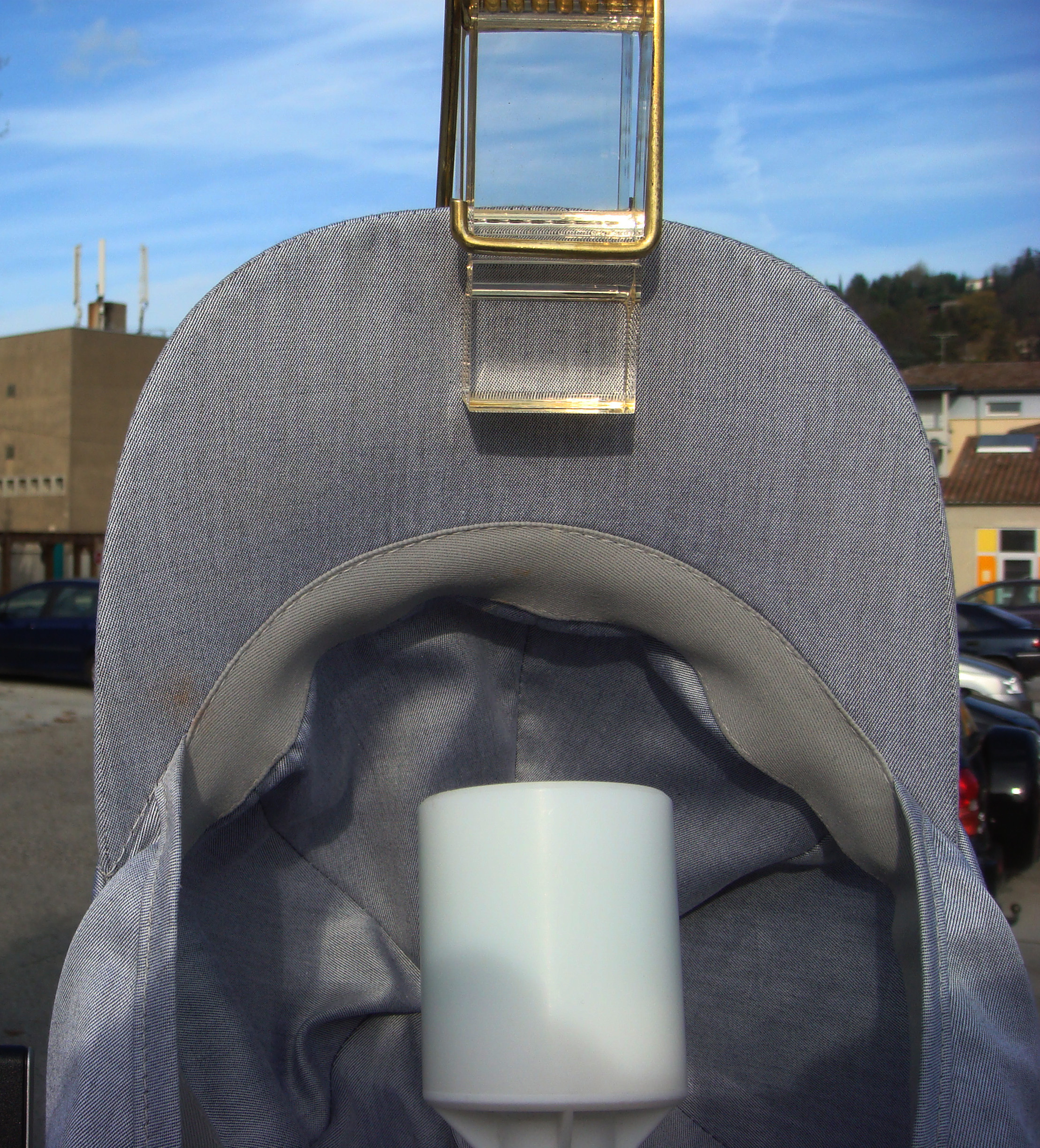This article discusses the topic of 5G radiation. It is a non-ionizing form of electromagnetic radiation. Because 5G radiation is so small, it doesn't have the ability to break the chemical bonds of biological tissues or cause any modifications to cells. It is not known whether 5G radiation can affect the risk of skin cancer, and no evidence has been discovered to suggest it may cause any other diseases.
Millimeter-wave radiation with high frequency
High-frequency millimeter wave radiation emitted by mobile phones and wireless networks can cause health issues to humans. There are a few different ways that this radiation can cause harm. In some cases the radiation could cause damage to the person's DNA. In other instances, it may cause damage to other parts within the body including the brain.
Recent studies have revealed that 5G technology can induce thermal heating in tissues. As a result, scientists from International Council on Non-Ionizing Radiation Protection (ICNIRP) has asked for a review of existing safety standards for biological and thermal safety. The current standards for exposure do not protect people from extreme heat when exposed to millimeter wave pulses.

Skin cancer risk

There is no definitive answer to the question of whether the 5G radiation can cause skin cancer. However, it is believed that 5G RF EMFs behave similar to high-LET ionizing radio waves. In turn, they can cause excessive levels of free radicals within the skin. The FCC has not issued any specific guidelines on the potential dangers associated with 5G technology, and the debate continues.
Although there are a number of studies regarding the impact of radio waves with higher frequencies on the human body, they have remained largely limited in scope. However, there is concern over the effects of millimeter-wavelength exposure on oxidative stress and gene expression. These effects could be extended to the skin as well as other organs, such as the brain.
Influence on other diseases
The latest generation of technology for wireless, 5G, is rapidly growing in popularity however, scientists are warning of its potential health risks. The technology will dramatically increase the amount of electromagnetic radiation found in our environment. This is a problem that has caused debate in several nations including Switzerland. In September 2017, 390 scientists and doctors have backed a motion to put an end to 5G deployment. This motion was not heeded by the European Commission, which is in charge of controlling the use of 5G technology.
As a result it is necessary to conduct more research to study the health implications of 5G. However, studies have shown that 5G doesn't cause the same negative effects in humans as the radiofrequency from the older mobile networks. It also does not spread a new type of coronavirus. Furthermore, it does not make people more vulnerable to viral infections.
Measurement of exposure
Measurement of exposure to 5G radiation is a crucial aspect of making sure that 5G networks are safe. There are two methods to gauge exposure. 5g radiation poisoning is to measure the RF power absorption by human tissue. The other involves measuring the quantity of radiofrequency energy released by an object. Radiofrequency energy (RF) is an energy field that originates directly from radio receivers.
Within the United States, the FCC has imposed a restriction on the energy density of 5G mobile devices. 5g radiation poisoning are able to test the power density of just a few inches, and it is the FCC does not have to measure every beam. However, how much power is generated by each beam can be determined using computer simulation. The most likely scenario is selected depending on the beam's configuration. each beam.
Study limitations
There's been a lot of discussion about the impact of 5G radiation on human health. For instance, the Swiss authorities, for example has issued an analysis that concludes the technology is not likely to cause negative health consequences in the short-term, but there are no studies that have demonstrated long-term negative effects. However, this report also has a variety of issues that include biased reports.
The strength and frequency of the radio waves that carry energy will depend on the frequency. The energy carried by a millimetre waves will be the same as that of current radio waves however, they're less visible and are better suited for high-density environments, since they will not be blocked by glass or walls. Highly dense urban areas will require a large number of small, low-power sites, and suburban areas will benefit from 5G sites operating at lower frequencies.
